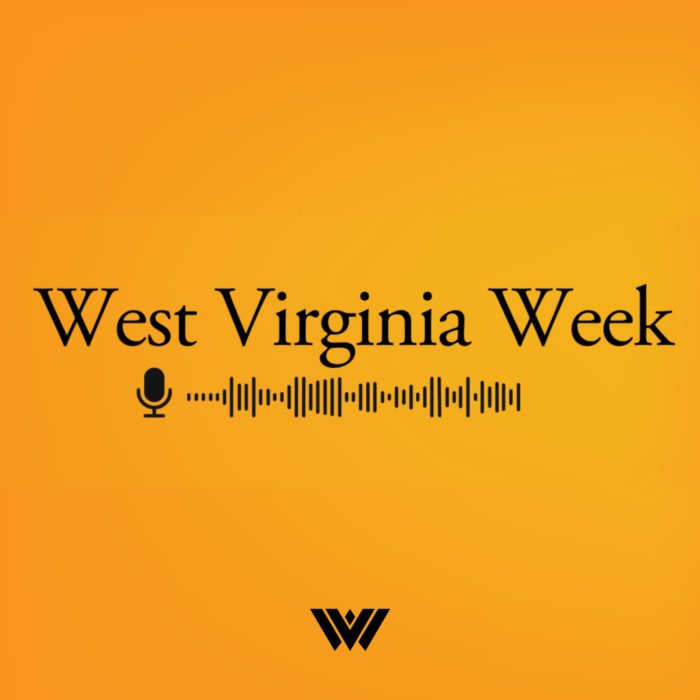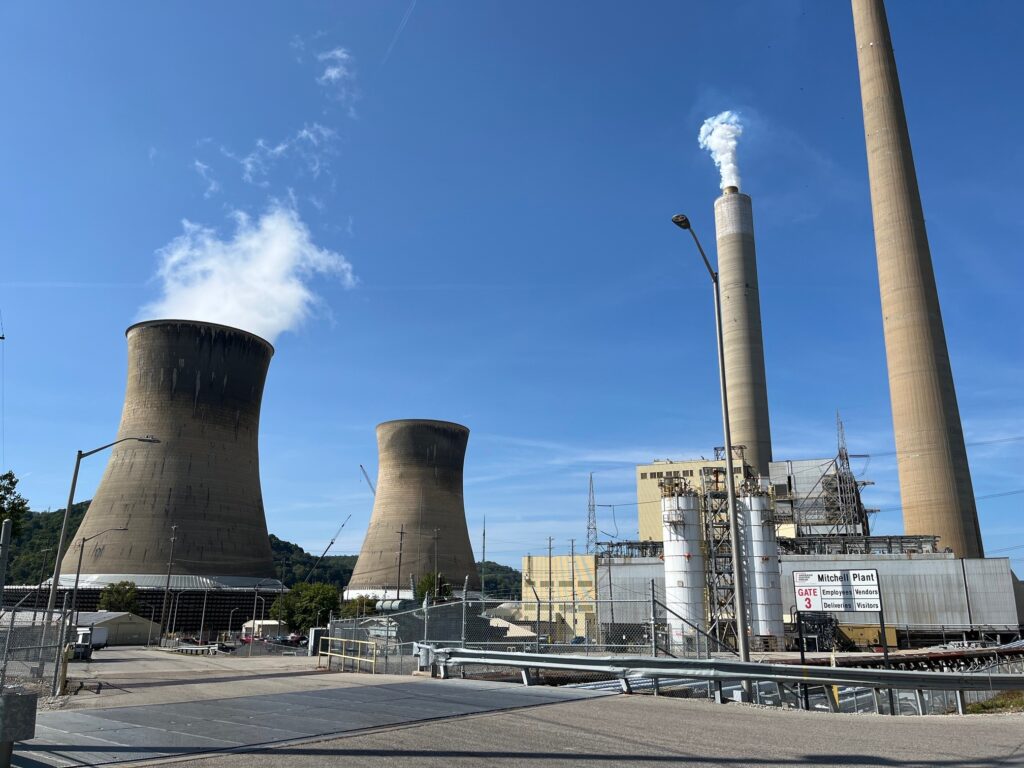The increasing demand for electricity to power data centers in Virginia could mean the construction of new transmission lines at the expense of electricity customers in West Virginia.
As part of a plan to unclog electricity bottlenecks in the 13-state PJM region, two new transmission lines have been proposed across West Virginia.
At the western end of both lines are coal-burning power plants that are operating well below their capacity. At the eastern end are power-hungry data centers.
Together, the Mid-Atlantic Reliability Link and the Valley Link projects would cost West Virginia electricity customers more than $440 million, according to an analysis by the Institute for Energy Economic and Financial Analysis.
Cathy Kunkel, an energy consultant who wrote the analysis, says the expense would layer an additional burden on residents who have been seeing their electricity rates increase for years.
“Electric rates have just been on an upward trajectory for multiple reasons in West Virginia for a long time, so this is kind of adding insult to injury to raise rates to pay for a line that is going to benefit data centers in Northern Virginia,” she said.
While the two lines have the potential to cost electricity customers hundreds of millions of dollars, they also could boost the output of underutilized coal plants.
The Mid-Atlantic Reliability Link begins near the Wheeling Power Mitchell Plant south of Moundsville. The Valley Link begins near the Appalachian Power John Amos Plant east of Charleston.
Both plants have in recent years operated at low capacity factors, according to company testimony filed with the West Virginia Public Service Commission.
Kunkel says they could operate more to meet the data center needs.
Still, the plans could face opposition at the PSC, which must approve them before construction can begin.
“The PSC would essentially be approving the siting of the lines,” Kunkel said.
The goal is to have the lines built and in service by 2027 and 2029.























